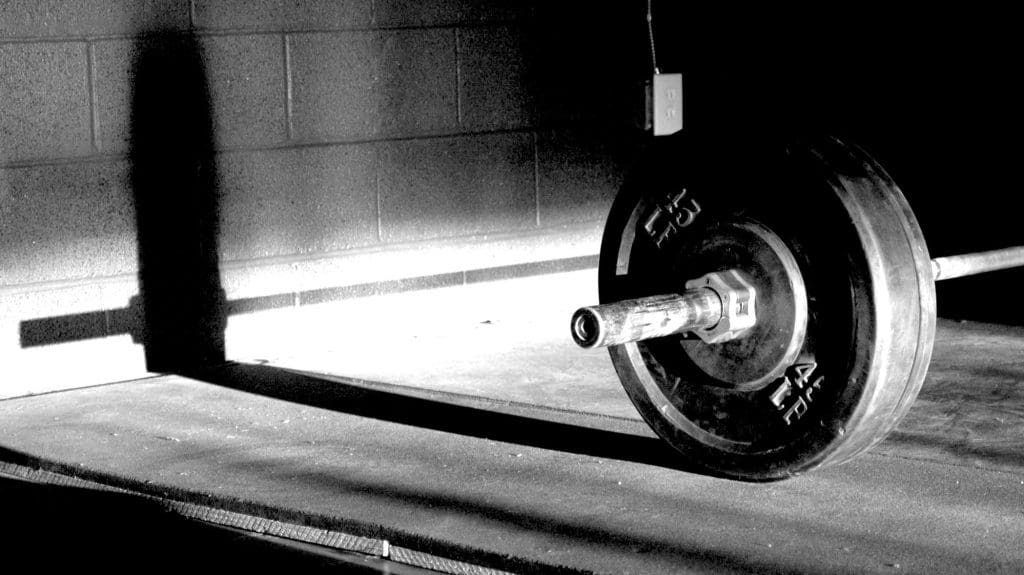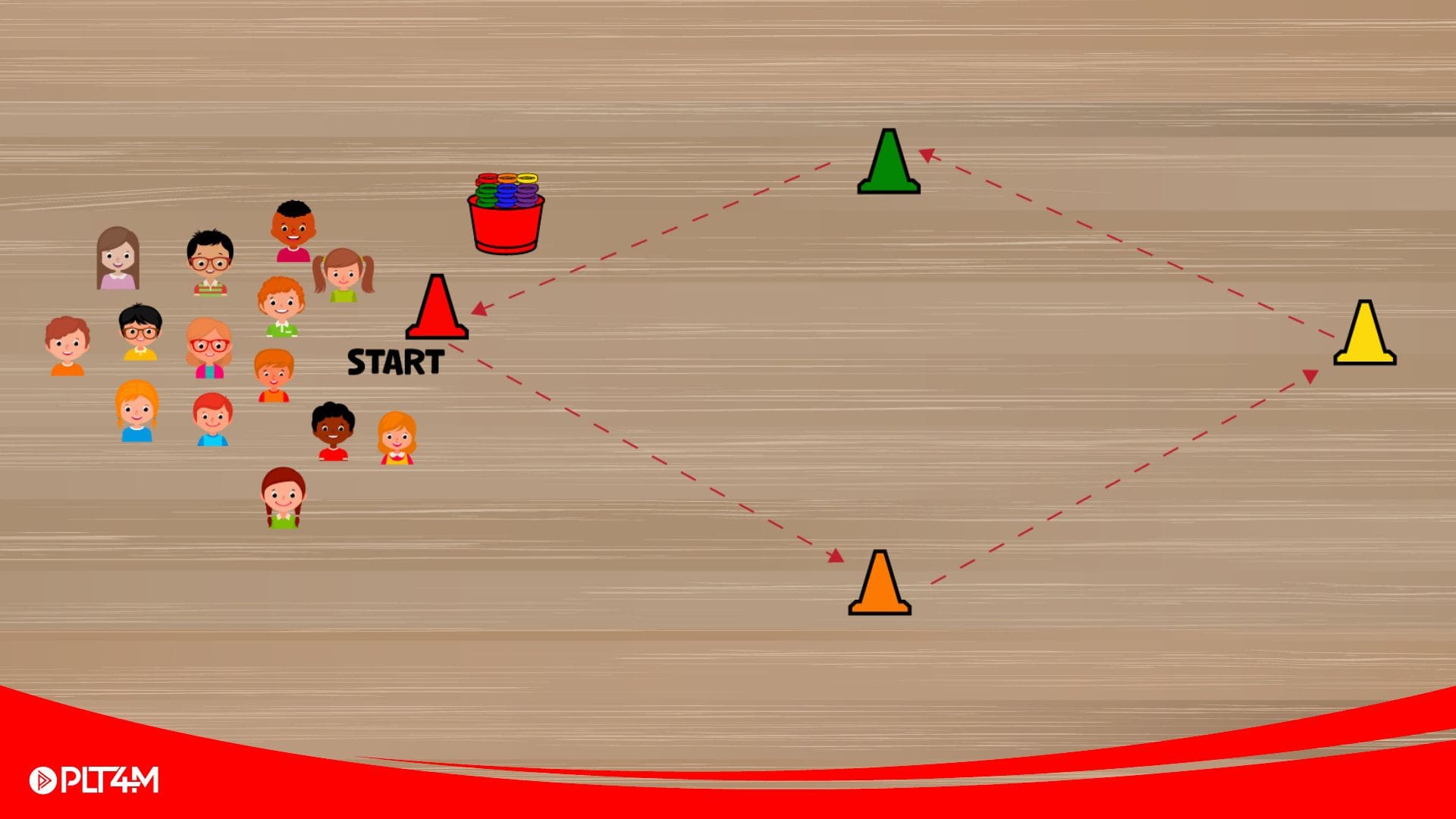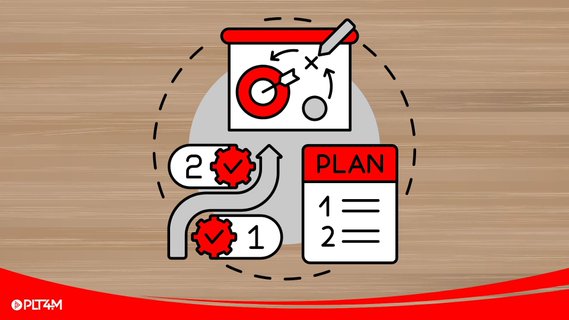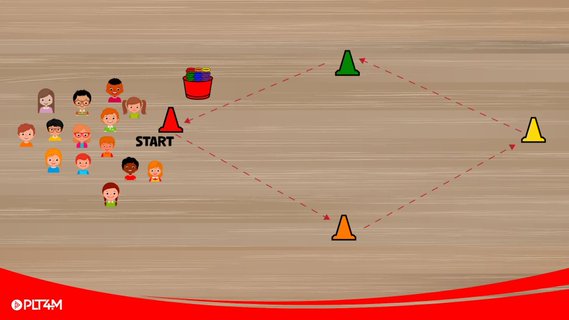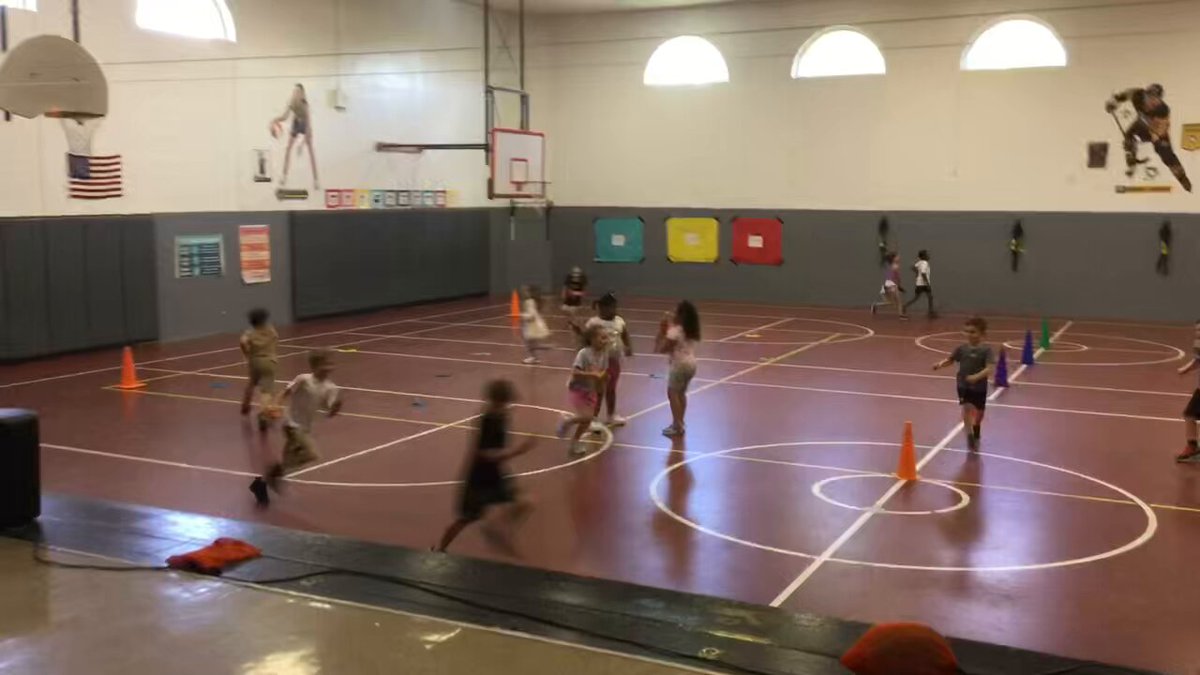So you want to run a training competition? Great! Coaches across the country utilize competitions every summer to incentivize athletes, increase participation, and build team culture.
But how do you put it together? While a really great tool in theory, a training competition can be extremely difficult endeavor to actually administer on your own.
The key is to keep it SIMPLE.
First, break up your squad into large-ish teams. Take your captains, or senior leaders and make them each a point person for a different team. Assign the rest of your athletes evenly across the groups. We are looking to encourage the development of new relationships and foster full-team camaraderie.
Then choose just a FEW metrics on which to score and track your athletes. We want to maximize engagement and motivation without overburdening the athletes physically, or overwhelming your coaching staff administratively. Many coaches get caught up in the wow factors of strength and size gains and forget that our #1 priority is to promote participation and engagement. Firstly, because every athlete that simply commits to their training and puts forth a full effort will see gains and become an improved player. Secondly, and more importantly, the entire team will learn what accountability and teamwork really is, and what kind of discipline it actually takes to win. Training is about more than building better individual athletes, it is about building better teams!
But what should those metrics be?? There are many ways to go about building a great competition, but here we’ll propose 3 possible strategies to get you started!
Attendance:
Luckily the most important aspect of any competition/training program is also the easiest to track. Have your coaches take formal attendance at all team lifts. Every time an athlete works out with the team during official hours, and does so to full completion, he earns his whole team a point. This places the largest emphasis on showing up. Captains and team leaders will begin to pull along younger players, or those less dedicated because they want to win. Kids will feel accountable to their teammates, and thus will show up more often than if left to their own devices. A reward, even one as simple as a single point, can often mean the difference between a workout, a workout done, and a workout done well.Weekly Tests:
When training high school athletes, it is imperative we keep things “interesting”. A great way to do this is with small weekly challenges. Each week, challenge your athletes to complete a different fitness test. Reward every attempt with an additional team point, as well as added points for those that come out on top. Keep these tests varied and quick. We want to add an element of excitement without overtaxing the athletes on top of their normal lifts. We also want to make sure the tests benefit a wide range of athletes, and each test lends itself to a different strength. When we highlight the strengths of all of our athletes, the collective engagement rises. Below is but a few examples of the many possible challenges you could utilize:Power: Vertical Jump Test (possibly adjusted for weight), or a Row Test if you have a rower (500m for time, or max calories in 2 minutes)
Strength: Bodyweight Bench (max reps at bodyweight – good for relative strength), or reps at a given weight (good for absolute strength)
Muscular Endurance: 2 Min max push up or pull up test, stressing perfect reps
Mobility: Squat Therapy or Overhead Squat Test
Coordination: 2 Min Double Under jump rope test, Agility Ladder tests
Anaerobic Conditioning: 2 min Burpee Test, 300yd Shuttle
Aerobic Conditioning: 1 Mile Run
